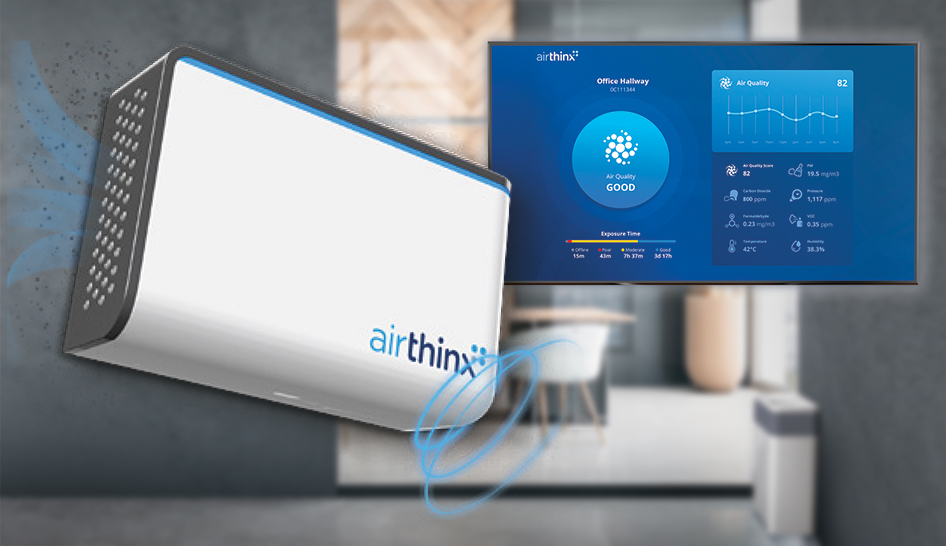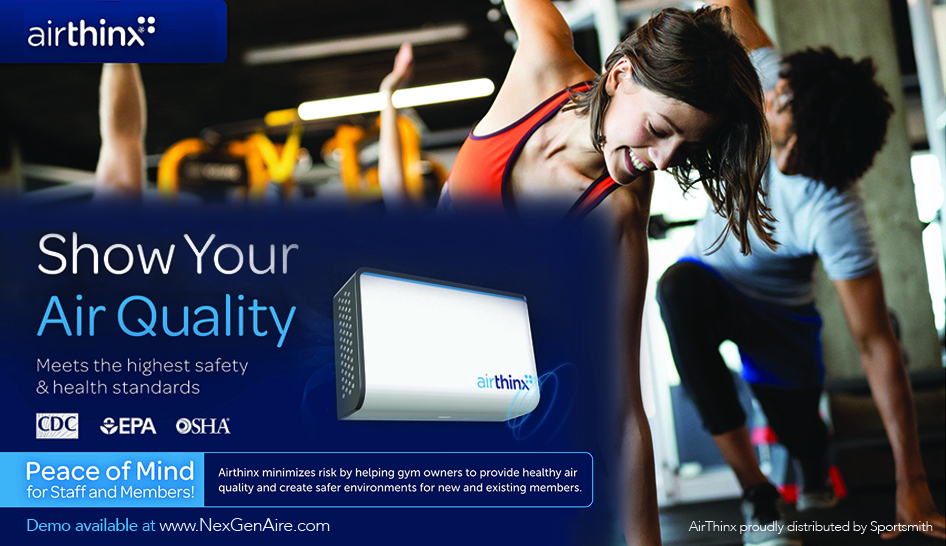For the better part of two years, club operators have worked hard to raise their safety games through a variety of new sanitizing protocols. From free-standing wipe stations and ensuring that members wipe down machines after each use, to WiFi-enabled hand sanitizers and constant cleaning turnover by the staff, the commitment to a scrupulously clean environment is made clear to your members on a daily, if not hourly, basis.
But what about what members can’t see? The fact is that air quality is every bit as important in terms of safety as any other gauge of club cleanliness.
“Air quality can be considered a ‘third dimension’ of health and wellness,” notes Brad Schupp, founder of SPORTSMITH. “Where you can see the food you eat and know its nutritional value, or count the calories you burn at the gym, you can’t necessarily visualize the components related to the quality of the air you breathe.”
And those qualities are critical when it comes to indoor versus outdoor air quality. U.S. Environmental Protection Agency (EPA) findings indicate that indoor levels of pollutants can be two to five times higher than levels found outdoors, with extreme cases yielding levels of pollutants more than 100 times higher. With most Americans spending 90% of their time inside, indoor air pollution is consistently ranked by the EPA as among the top five environmental risks to the public.

